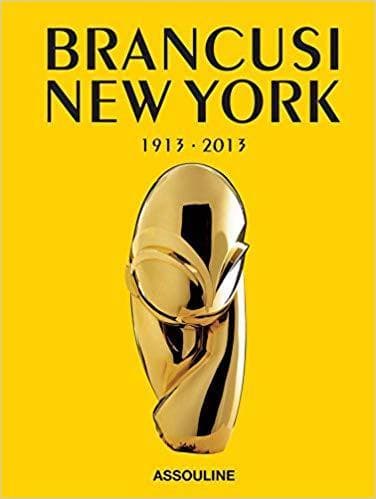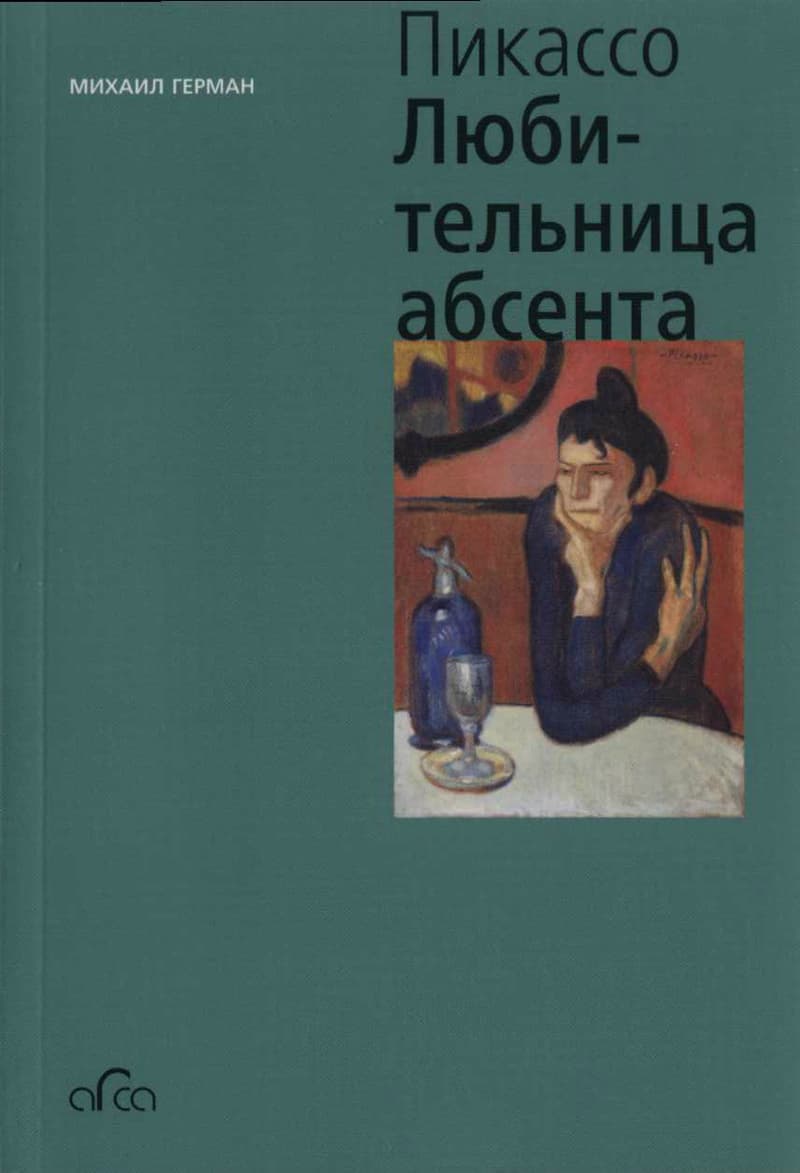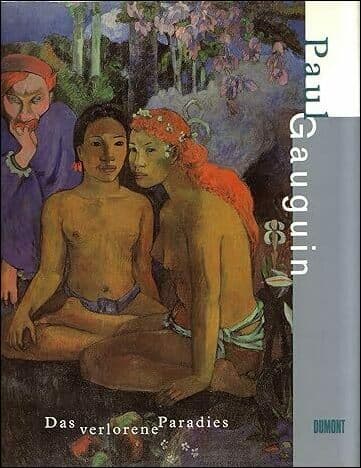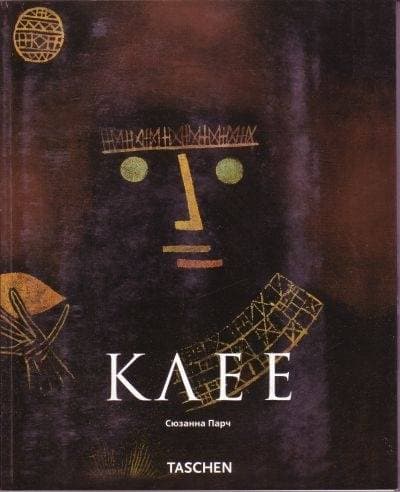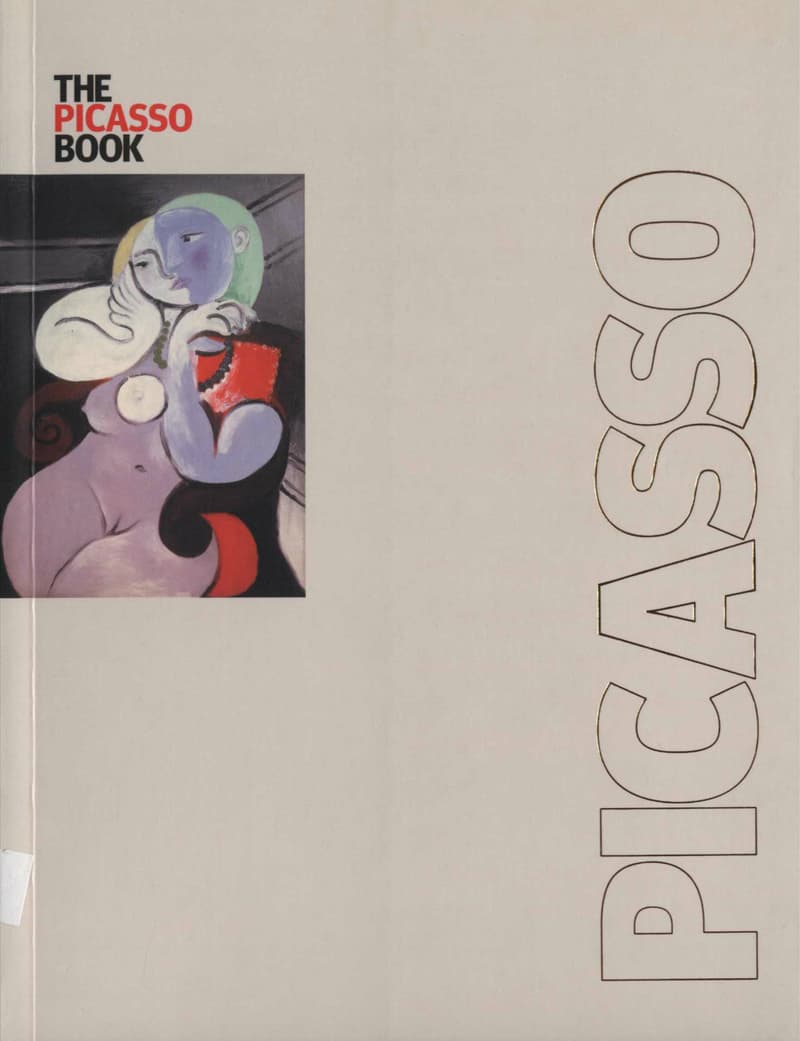Hans Richter: Activism, Modernism, and the Avant-Garde
New critical perspectives on Hans Richter, the artist and political activist who played a major role in the shaping of the twentieth‑century avant‑garde. Few artists spanned the movements of early twentieth‑century art as completely as did Hans Richter. Richter was a major force in the developments of expressionism, Dada, De Stijl, constructivism, and Surrealism, and the creator, with Viking Eggeling, of the abstract cinema. Along with Theo van Doesburg, Laszlo Moholy‑Nagy, El Lissitzky, and a few others, he is one of the artists crucial to an understanding of the role of the arts in the reconstruction era following World War I. Most American scholars have focused on Richter's film work and have favored a strictly formalist approach that separates art and politics. The contributors to this book rewrite Richter's history to include his pivotal role in the development of the early twentieth‑century avant‑garde and his political activism. When Richter's work, particularly that of his earlier, European career, is viewed in its historical and political context, he emerges as an artist committed to the power of art to change the fabric of social, political, and cultural affairs.
Данные книги
Milman Estera (Автор статьи), Finkeldey Bernd (Автор статьи), Hofacker Marion von (Автор статьи), Foster Stephen Collins (Автор статьи), Benson Timothy O. (Автор статьи), Hoffmann Justin (Автор статьи)
Кембридж
1998
330 страниц
9780262561297
Доступ по запросу
Да
Да
709.201 Ric
1
- Franz Marc1987
- Пикассо и окрестности: Сборник статей2006
- Brancusi New York: 1913–20132013
- Edward Hopper and the American Imagination1995
- Письма к друзьям2015
- Rene Magritte (Or: The Rule of Metaphor)2018
- Пабло Пикассо. «Любительница абсента»2019
- Hans Richter: Encounters2013
- Paul Gauguin: Das verlorene Paradies1998
- Diego Rivera: Murals for the Museum of Modern Art2011
- Пауль Клее2007
- The Picasso Book2010



